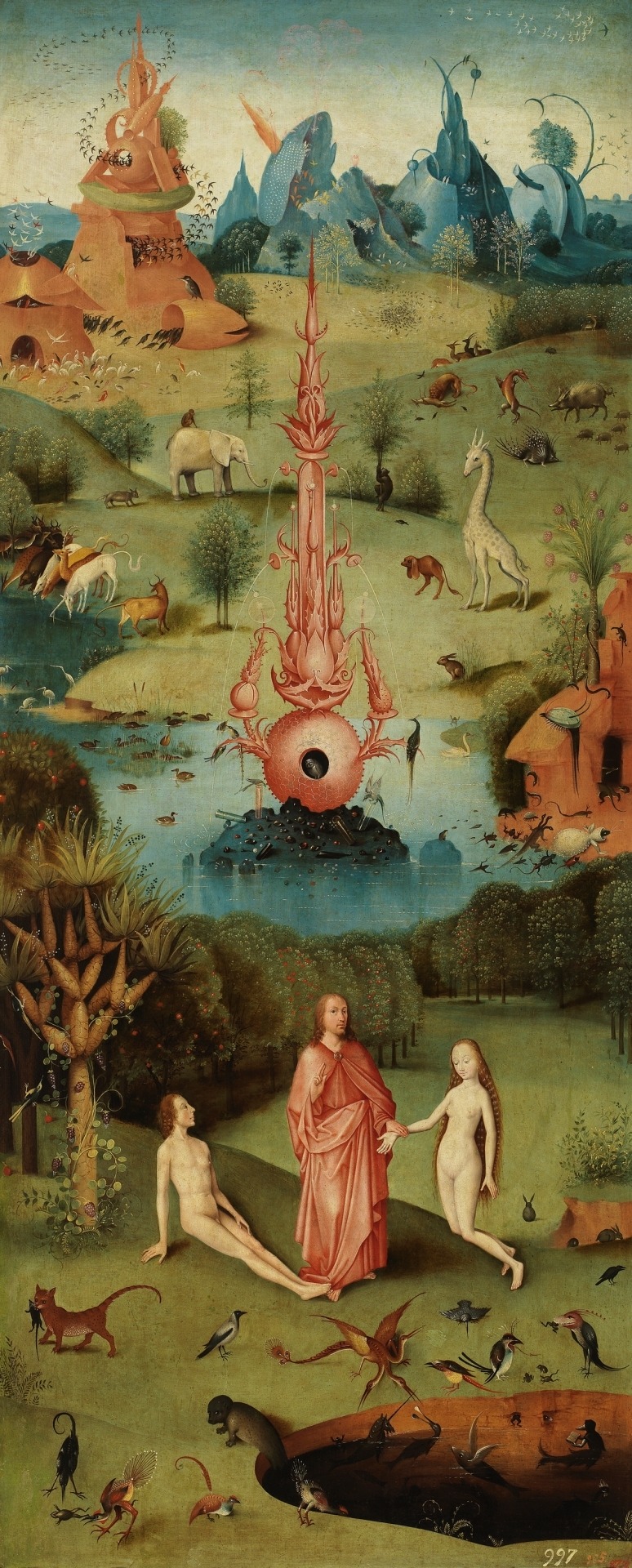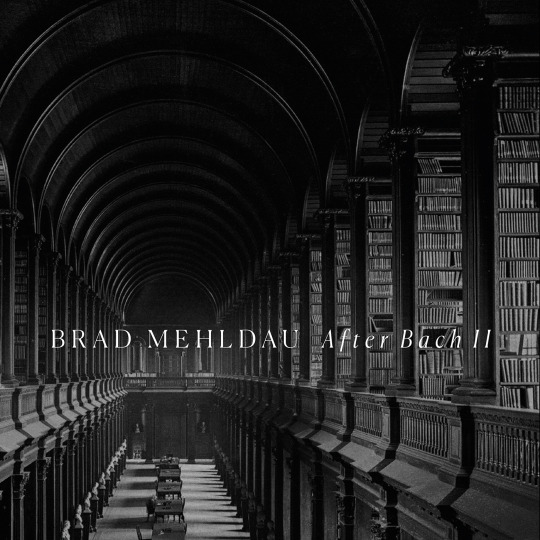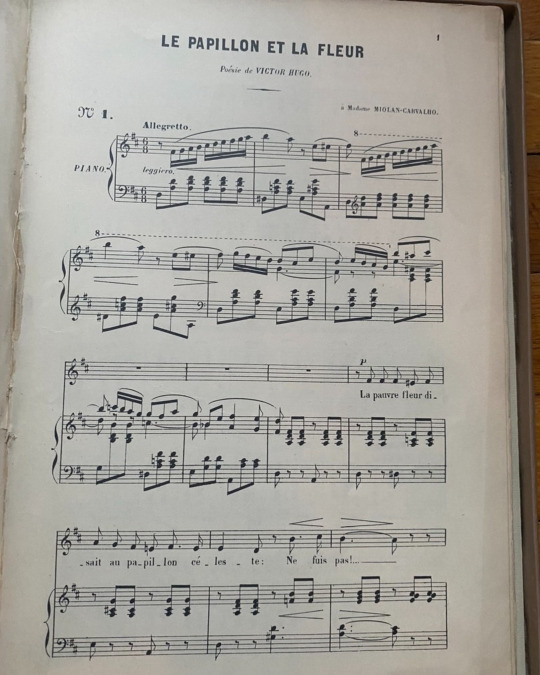#faure
Text

Aprés un rêve
93 notes
·
View notes
Text

Napoleon, via Napoleon by Élie Faure
#thinking about him ♥️#napoleon#napoleonic era#napoleonic#Élie Faure#Faure#napoleon bonaparte#first french empire#french empire#19th century#quotes by Napoleon#Napoleon quotes#quotes#lit#french literature#eylau
47 notes
·
View notes
Text
Faure | Requiem, Agnus Dei

42 notes
·
View notes
Photo

c. 1930 Art Deco copper and enamel vase by Camille Faure (1872-1952).
#1930#art deco#vase#camille faure#vintage#art deco vase#deco vase#deco#french deco#french vase#french deco vase#faure#fauré
45 notes
·
View notes
Text

«¿Qué es crear? ¿Es valerse de materiales diferentes y utilizando ciertos principios experimentales, aplicando ciertas reglas conocidas, aproximar, agrupar, asociar, ajustar esos materiales, a fin de hacer cualquier cosa? ¡No! Eso no es crear. Ejemplos: ¿Puede decirse de una cosa que ha sido creada? ¡No! Ha sido construida. ¿Puede decirse de un libro que ha sido creado? ¡No! Ha sido compuesto y luego impreso. Así, tomar materiales existentes y hacer con ellos cosa alguna no es crear. ¿Qué es, pues, crear? Crear... la verdad que me encuentro indeciso para poder explicar lo inexplicable, definir lo indefinible. Procuraré, sin embargo, hacerme comprender. Crear es obtener algo de la nada; es formar lo existente de lo inexistente. Por tanto, yo imagino que no encontrarán ni una sola persona dotada de mediana razón que conciba cómo con nada puede hacerse alguna cosa. Supongamos un matemático. Busquen el calculador de más mérito: pónganlo delante de una pizarra; pídanle que trace ceros y más ceros, y una vez terminada la operación, ya puede multiplicar cuanto quiera, dividir hasta que se canse, realizar toda clase de operaciones matemáticas, y no llegará jamás a extraer de esa acumulación de ceros una sola unidad. Con nada, nada puede hacerse; de nada, no puede obtenerse nada, y el famoso aforismo de Lucrecio “ex nihilo nihil”, resulta una certeza y una evidencia manifiestas. El gesto creador es un gesto imposible de admitir, es un absurdo.»
Sébastien Faure: Doce pruebas de la inexistencia de Dios. Ediciones Godot, págs. 51-52. Buenos Aires, 2008
TGO
@bocadosdefilosofia
@dies-irae-1
#doce pruebas que demuestran la no existencia de dios#sebastián faure#faure#doce pruebas de la inexistencia de dios#sébastien faure#ateísmo#anarquismo#existencia de dios#creación#dios gobernador#dios creador#razón#absurdo#filosofía de la religión#fe#religión#lucrecio#ex nihilo nihil#teo gómez otero#el bosco#la creación#el jardín de las delicias
15 notes
·
View notes
Text


Two new Brad Mehldau albums, After Bach II and Après Fauré, are due May 10 on Nonesuch Records. The Bach album comprises four preludes and one fugue from the Well-Tempered Clavier, as well as the Allemande from the fourth Partita, interspersed with seven compositions or improvisations by Mehldau inspired by the complementary works of Bach—including Mehldau’s Variations on Bach’s Goldberg Theme. On Après Fauré, Mehldau performs four Fauré nocturnes and a reduction of an excerpt from the Adagio movement of his Piano Quartet in G Minor. Here four Mehldau compositions Fauré inspired are presented in a group, bookended by two sections featuring the French composer’s works.
2 notes
·
View notes
Text




OTD in Music History: Important composer, organist, pianist, and pedagogue Gabriel Urbain Faure (1845 – 1924) dies in Paris.
Faure was hailed in his lifetime as one of the foremost French composers of his generation, and his musical style influenced many important 20th-century composers -- a number of whom actually studied with him at the Paris Conservatory. Among his best-known works are his "Pavane" (1887), "Requiem" (1890), and "Sicilienne" (1893), as well as the long and masterful series of "melodies" (or French art songs) that he composed throughout his career.
A modern assessment of Faure in "Baker's Biographical Dictionary of Musicians" (2001) notes that "Faure's stature as a composer has been undiminished by the passage of time . . . He developed a musical idiom all his own . . . by subtle application of old modes, he evoked the aura of eternally fresh art; by using unresolved mild discords and special coloristic effects, he anticipated procedures of Impressionism; . . . [and] the precisely articulated melodic line of his songs is in the finest tradition of French vocal music . . ." Music critic Robert Orledge offers another assessment: "Faure's genius was fundamentally one of synthesis: he reconciled such opposing elements as modality and tonality, anguish and serenity, seduction and force, within a single cohesive and non-eclectic style . . . The quality of constant renewal even within an apparently limited range is a remarkable facet of his genius, and the spare, elliptical style of his [very late] String Quartet (1924) suggests that his intensely self-disciplined style was still developing [even] at the time of his death [at the age of nearly 80]."
PICTURED: A first edition of the tenor version of Faure's "20 Melodies for Singer and Piano," published in Paris in 1879. Faure has signed and inscribed this copy to an admirer.
#Gabriel Fauré#composer#organist#pianist#teacher#Paris Conservatoire#Romanticism#conductor#music history#classical music#piano#Gabriel Faure#Faure#Requiem#Sicilienne#Fauré#violin sonata#violin#sonata#Her Majesty's Theatre#Paris Opéra#Nocturne#Prelude#Romance#Sérénade#Fantaisie#Symphony
8 notes
·
View notes
Text
0 notes
Text
Adieu donc et bons jours aux tyrans de nos coeurs!
#gabriel fauré#pavane#pavane op. 50#mine#etherealarte#piano#french composer#classical music#strings#flutes#choral#gabriel faure#faure#fauré#renaissance#classical composer#classical piano#dark acadamia aesthetic#f-sharp minor#romantic era#pizzicato#Spotify#ballet#french music#french#france#Greffulhe#Élisabeth Greffulhe#classical composers#orchestra
0 notes
Video
youtube
Lucas Debargue - interview Fauré / I part
1 note
·
View note
Text
youtube
Os gusta la música clásica pero no lo sabéis:
Satie, Fauré, Satie, Fauré... No se cual os gusta más. Vamos a suponer que hoy tenéis cuerpo para escuchar la Sicilenne de Faure. Esta pieza introduce la escena de la fuente donde Mélisande pierde su anillo de bodas en el agua.
*https://youtu.be/yCAD-jdPieU
1 note
·
View note
Text
“The mediocre aristocrats of thought cannot forgive him for having thought as a democrat. The mediocre democrats of action cannot forgive him for having acted like an aristocrat. His presence humiliated thrones, because he had demonstrated the origin of thrones by seating himself upon the highest of them all. . . No man can explain Napoleon’s actions, because he was the only man who had dared to act as he did.”
— Élie Faure on Napoleon
#Élie Faure#Faure#napoleonic era#napoleonic#napoleon bonaparte#essay#quotes#quotes on Napoleon#Napoleon
35 notes
·
View notes
Photo

Hacettepe Senfoni Orkestrası
9 Kasım 2023 Perşembe, 19:00
Konservatuvar Konser Salonu, Beytepe
Faure | Pavane
Poulenc | İki Piyano için Konçerto
H.A. Cafer | Güçtür feleğin yayı
Saygun | Eski Üslupta Kantat
F. Canselen | Büyük Atamıza Kantat
2 notes
·
View notes
Photo

c. 1930 Art Deco Vase by Camillie Faure.
Enameled copper, enameled copper wire8 h × 7¼ dia in (20 × 18 cm).
5 notes
·
View notes
Text

«Su Dios es el espíritu puro. Por lo tanto, es imposible sostener que el espíritu puro, lo inmaterial, haya determinado el Universo: lo material. He aquí por qué: El espíritu puro no está separado del universo por una diferencia de grado, de cantidad, sino por una diferencia de naturaleza, de calidad. De modo que el espíritu puro no es, no puede ser, una amplificación del Universo; ni tampoco el Universo es, ni puede ser, una reducción del espíritu puro. La diferencia aquí no es solamente una distinción, es una oposición: oposición de naturaleza; esencial, fundamental, irreductible, absoluta.»
Sébastien Faure: Doce pruebas de la inexistencia de Dios. Ediciones Godot, pág. 55. Buenos Aires, 2008
TGO
@bocadosdefilosofia
#doce pruebas que demuestran la no existencia de dios#sebastián faure#faure#doce pruebas de la inexistencia de dios#sébastien faure#ateísmo#anarquismo#existencia de dios#creación#dios creador#razón#absurdo#espíritu#espíritu puro#materia#universo#cantidad#calidad#irreductibilidad#filosofía de la religión#fe#religión#teo gómez otero#joan miró#miró#oro azul
6 notes
·
View notes
Text
youtube
Here's a scrolling score video of Brad Mehldau's “Après Fauré: Prelude,” from his upcoming album Après Fauré, out May 10 on Nonesuch. You can pre-order the album here.
1 note
·
View note